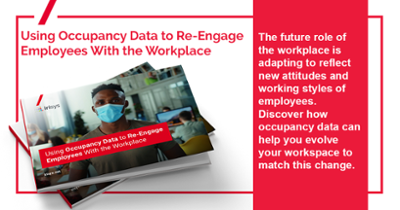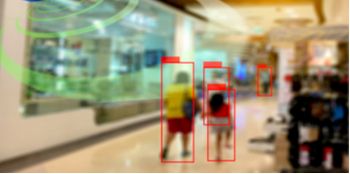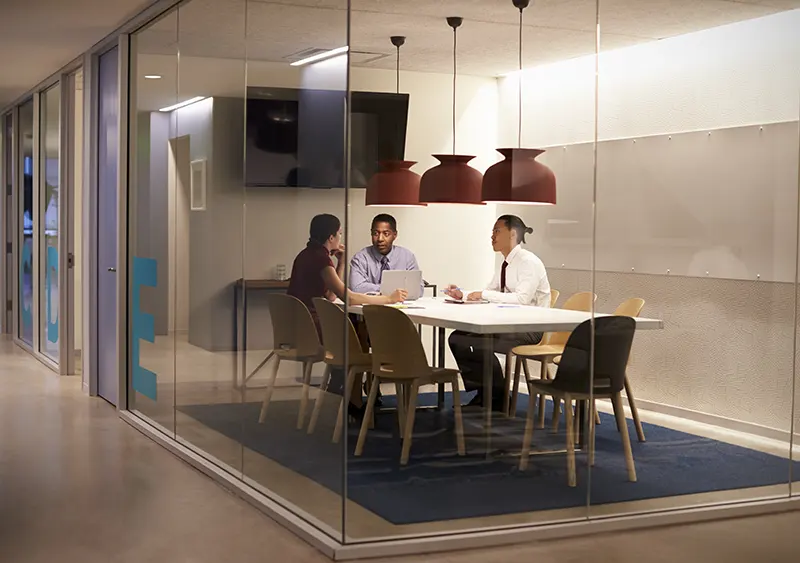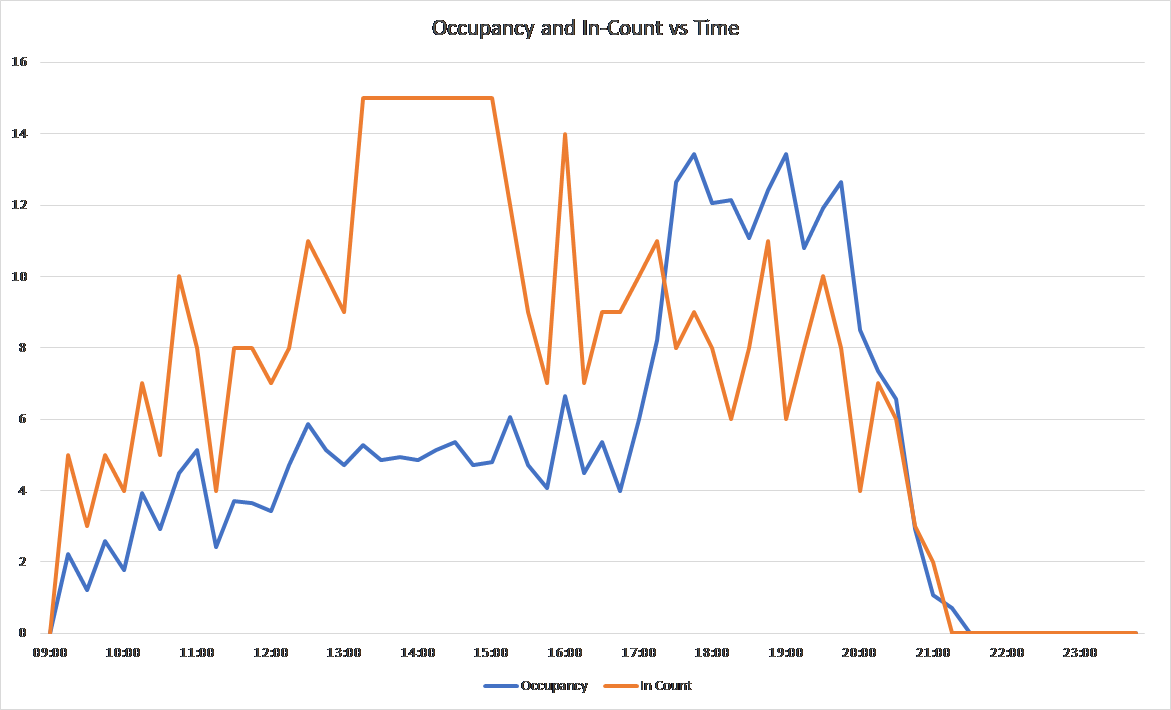How to Maximise the Value of Occupancy Data
Measuring occupancy has quickly become the go to method for supermarkets, stores and buildings to meet social distancing requirements and ensure that both customers and employees are kept as safe as possible. But this data has value beyond keeping people safe, how do you maximise this?
Firstly you need to capture this data and there are various methods for measuring occupancy, from manual pen and paper approaches that may be suitable for short term applications, to more advanced solutions that use mobile apps or special people counting sensors that can automatically measure and report occupancy levels in real time. To learn more about measuring occupancy, check out our blog post on how to measure occupancy for social distancing.
Regardless of which method you choose, it will require investment. For an automated solution, like our SafeCount live occupancy solution, this comes in the form of upfront costs for sensor hardware; and for more manual solutions like mobile apps or pens and paper, this is the ongoing costs of employing staff to physically count people in and out.
Either way, you are spending money, so it is essential that you maximise the value of the occupancy data you are now collecting.
Jump to:
Short term benefits of occupancy data
Long term benefits of occupancy data
Short term benefits of occupancy data
Time period: Next 2 to 3 months and potentially through to the end of 2020 as the world slowly transitions from lockdowns, stay at home orders and social distancing restrictions
Data collection method: Manual (pen and paper, mobile app) or automated solutions
-
Safety
The biggest benefit by far is safety, and it is one that you cannot put a price on. By measuring occupancy, you can restrict access when occupancy limits are met and ensure that everyone within the building has enough room to comply with social distancing guidelines.
Many Governments have imposed occupancy restrictions, however where only guidelines have been issued, many companies, and in particular retailers, have taken it upon themselves to limit their maximum occupancy to half or 40% of normal fire code or building regulations.
-
Customer and employee confidence
By actively implementing policies that prioritise safety, you can boost customer and employee confidence in your business. Customers will be more willing to visit your store and employees will be more willing to come to work.
Some forward thinking supermarkets have started sharing live store occupancy data with customers via their website. This enables customers to pick a time to shop when it is quiet, increasing their trust in your business and improving their shopping experience.
Long term benefits of occupancy data
Period: End of 2020 and beyond, social distancing restrictions are being eased and the world is transitioning back to normal.
Data collection method: Automated solutions
-
Optimise performance
A big benefit of collecting occupancy data is that it tells you how and when a space was used. This enables you to identify opportunities where changes can be made to improve performance.
For example, in a retail store, occupancy data can help with optimising staffing costs whilst ensuring that the right amount of staff are available to meet customer demand. We discussed in a previous blog post how occupancy data is an often overlooked retail metric, but one that has some much potential.
-
Improve customer and employee experience
A customer’s experience in a store not only impacts their current spend, but also their future spends within your store. By improving staffing allocation and better aligning staff hours with customer demand, you not only optimise staffing costs, but also ensure customers are getting the best possible service.
In offices and buildings, occupancy data can improve an employees experience by showing them in real time which meeting room are available, which desks in a hotdesking are free or even how busy the canteen is, enabling them to avoid queues and be more productive.
-
Reduce real estate costs
Real estate costs are often a businesses second largest cost (after staff), so being able to understand how facilities and buildings are used, enables you to make informed decisions that save you money.
For example, most offices are typically only 60% utilised, this means 40% of all available space goes unused every day. This is wasted space you are not using and therefore wasted money. By understanding a buildings occupancy, you can understand its space utilisation and from here you can identify opportunities for reducing your real estate costs. Do you need to rent all those floors? Do you need to build another building? Can you consolidate two offices in to one and sell the other?
Occupancy data enables you to know how your space is used and gives you the potential to make significant savings.
Going beyond occupancy data
Regardless of your business or industry, occupancy data has real benefits in both the short and long terms, but it is just the start. Installing an automated occupancy solution like SafeCount not only gives you all the great benefits discussed above, but it is the first step to complete solution that could transform your business.
-
Retail Analytics (retail stores)
Place more sensors within the store to start measuring instore retail analytics and truly understand your customers. You can then optimise every aspect of your store to improve their shopping experience whilst also comparing store performance, boosting conversion ratio, reducing operating costs and increasing profits.
Learn more about retail analytics.
-
Queue Management (supermarkets and grocers)
Queues are the number one cause of dissatisfaction in retail. By installing sensors above checkouts and monitoring the queues, a queue management solution can help improve customer service, reduce queue length and time, and optimise staffing costs and efficiency.
Learn more about queue management.
-
True Occupancy (offices and buildings)
Truly understand how your workspace is utilised by growing the sensor network to include different floors, areas and even individual rooms. Improve employee experience and productivity with real time meeting room availability, reduce energy usage with smart heating and lighting or make significant savings by improving space utilisation and reducing real estate costs.
Learn more about True Occupancy.
------------------------------------------
Get started with occupancy data
SafeCount by Irisys is a real time occupancy monitoring solution that delivers live occupancy data with visual warnings and alerts when limits are approached or exceeded. Designed to help businesses keep employees and customers safe during the current pandemic, SafeCount uses advanced people counting sensor and is a fast and cost effective way to measure occupancy, find out more here.
Are you looking to understand how to best use your office space when employees return to the workplace? Download the 'Using occupancy data to re-engage employees with the workplace' guide to find out more.
Share this
You May Also Like
These Related Posts

Benefits of People Counting in a Post COVID-19 World

Implementing Real-Time Analytics: A Q&A with Simon Carter

Occupancy Data – Why Accuracy is Critical
Connect with us
Need more information? Ready to get started? We're here to help, get in touch.


